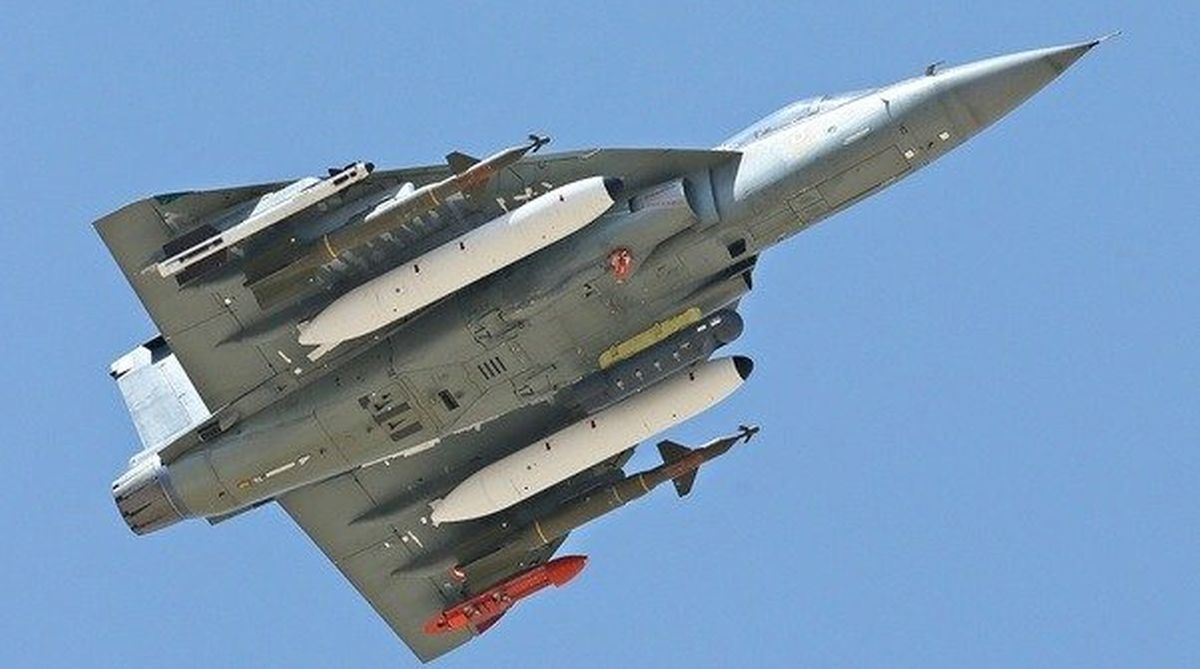IAF Jaguar Aircraft crashes in Ambala during training sortie, pilot ejects safely
A Jaguar aircraft of the Indian Air Force (IAF) crashed in Ambala on Friday during a routine training sortie after encountering a system malfunction.

Representational Image (Photo: Twitter)
The much-vaunted, and very desirable, “make in India” in defence production effort could be running into trouble from a little-expected quarter ~ pricing. The defence ministry has just set up an expert costing committee to go into Hindustan Aeronautics Ltd seeking Rs 463 crore for each of 83 Tejas Mark 1A Light Combat Aircraft whose purchase had been cleared by the Indian Air Force. Not only is that about Rs 100 crore more than the Tejas Mark 1 which is in the process of induction, but also more than proven foreign competitors. The Swedish SAAB Grippen has been quoted at Rs 465 crore and the Lockheed F-16 at Rs 380 crore, and both were to be produced in India with local partners. Incidentally, HAL charges Rs 415 crore for a Nashik-built Sukhoi-30 MkI, while each unit imported from Russia would cost Rs 330 crore.
The ministry is keen on finding out why HAL has raised by Rs 100 crore the price of the more advanced version of the LCA when the IAF says it has already diluted some of the improvements it has sought. Price apart, the delays in the Tejas production is also worrying the IAF, production of the earlier, less-sophisticated version is already far behind schedule. The 83 Tejas Mk1A units were a critical element in the IAF’s plan to augment its fast-depleting squadron strength, now the imported option is looking increasingly attractive since both the Grippen and the F-16 have long overcome their teething troubles and could be quickly inducted into frontline service ~ the Tejas still has some way to go before attaining that status.
Advertisement
Senior military officials point out that high prices can often offset the political advantage of indigenous production. The budgetary allocations for capital expenditure are not inelastic, and each force would be keen to ensure a “bigger bang per buck”. The desire to produce defence equipment within the country cannot prove a financial burden for the users. And this holds true across the board. Maybe the products in Indian shipyards ~ warship construction can be labour-intensive ~ is financially acceptable, but overruns in both cost and time also take a toll. A failure to keep costs down and adhere to production schedules could throw the “make in India” exercise into a tailspin.
Advertisement
It is apparent that while the government is offering a range of incentives for “make in India”, the production units in the public sector are not playing ball ~ at least not in terms of pricing and expeditious production. Could the answer lie in encouraging more joint ventures in the private sector involving both foreign and domestic partners? There have been several interactions between the defence establishment and private industry. Now there is need to bring specific focus to that by ensuring that prices are kept reasonable and the forces do not have to pay for “political correctness”. They are burdened enough already.
Advertisement